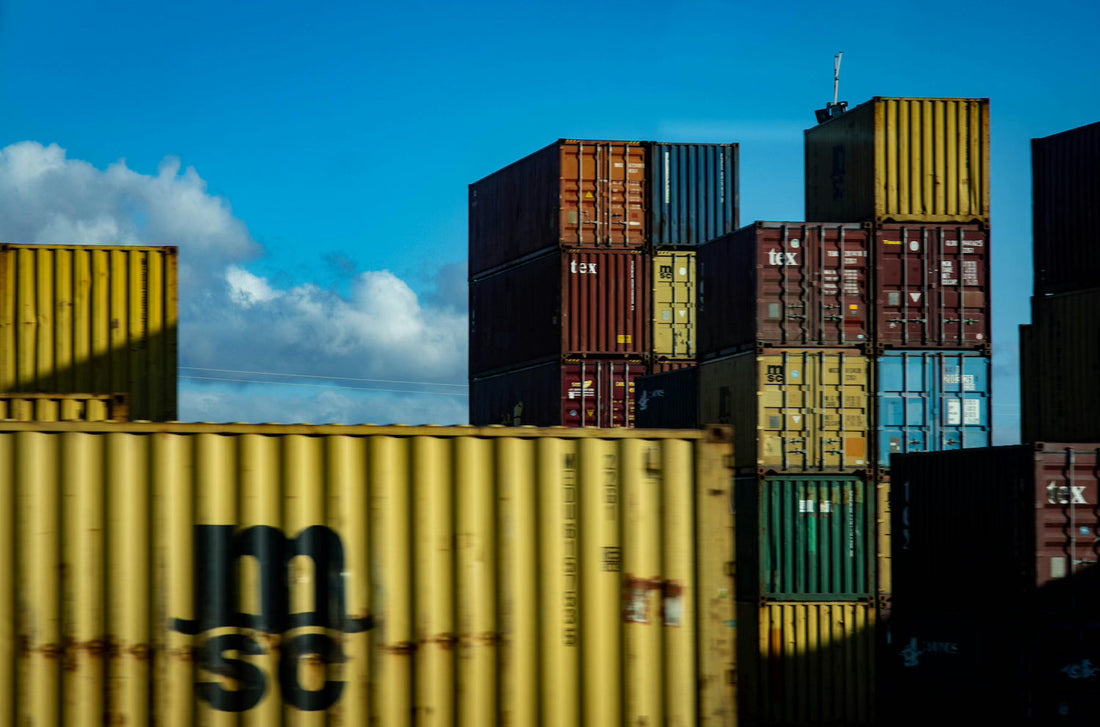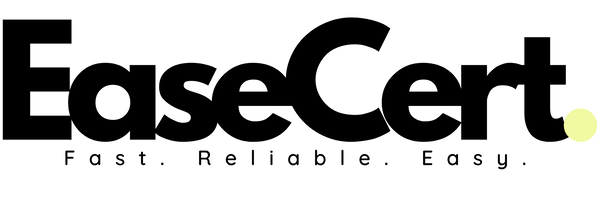
Product Safety Checklist for EU Importers
Importers selling consumer products in the EU must comply with European safety regulations. Under the General Product Safety Regulation (GPSR), which took effect on December 13, 2024, importers are responsible for ensuring that their products are safe and meet the necessary standards. Failure to comply can result in liability for damages and penalties. Below is a detailed checklist to help importers meet EU product safety requirements and maintain compliance.
1. Check If Your Product Has Already Been Flagged
Before launching a product, consult the EU's Safety Gate platform to check if similar products have been banned due to safety issues. Safety Gate provides a list of restricted products, including the reasons for bans and the violated laws or standards. Reviewing this information can help avoid making the same mistakes and ensure your product meets existing safety requirements.
2. Design and Manufacture Your Product According to Safety Requirements
Ensure your product is designed, manufactured, and tested according to the applicable EU standards and guidelines. Safety regulations vary by product category, such as toys, cosmetics, or electrical appliances. If your product includes multiple components (e.g., a toy with a battery), it may need to comply with more than one set of guidelines.
Consider hiring a consultant if you lack the technical expertise to meet the safety requirements, particularly if you are a small or medium-sized business.
3. Create a Technical File
You must create and maintain a technical file containing all essential product information. Keep the technical file updated and retain it for 10 years after the product enters the market. Regulatory authorities may request access to this file during inspections. If you modify a product, you are considered the manufacturer and are responsible for the updated technical file. This file should include:
- Product use and design details
- Markings, labels, and user information
- Risk assessments and safety checks
- Test reports and certifications
4. Provide Key Information on the Product and Packaging
Ensure your product includes the following information directly on the product, packaging, or an enclosed document:
- Manufacturer and importer’s name, trade name, address, and contact details
- Clear instructions, safety information, and warnings
- A type, batch, or serial number for traceability
The information should be clear, easy to understand, and available in the language of the target market.
If you sell products from outside the EU, you must appoint an EU authorized representative who will serve as the contact point for authorities and ensure compliance with GPSR regulations.
5. Investigate and Track Complaints
Set up a system to track and respond to customer complaints and safety concerns. This system should include:
- A clear process for consumers to report issues
- A complaints register documenting reported problems and actions taken
- Records of recalled products and corrective measures
6. Establish a Compliance System
Develop a compliance system that outlines the steps you take to meet product safety requirements. This system should cover:
- Your role and responsibilities for each product
- Supplier and manufacturing agreements, including technical file requirements
- The product’s origin and supply chain details
- Complaint records and resolution steps
Using a compliance system helps prove due diligence and can protect against liability claims. You can reference a standard for compliance management or engage a consultant to help establish a system.
7. CE Marking and EU Declaration of Conformity
Certain products require CE marking to confirm they meet EU safety requirements. If CE marking applies, you must:
- Affix the CE mark visibly and legibly on the product
- Create and sign an EU Declaration of Conformity, declaring compliance with EU safety regulations
- Translate the declaration into the language of the market where the product is sold
8. Monitor Product Safety Through a Quality System
Implement a quality management system to ensure ongoing product safety and conformity. This system should include:
- Regular sampling and testing of products
- Tracking and reviewing product changes
- Procedures for recalling unsafe products if necessary
Hiring a consultant to establish a robust quality system can help ensure long-term compliance.
9. Track Changes to Product Requirements
Ensure your products meet the latest safety regulations at the time they are introduced to the market. If laws or standards change, update your product to meet the new requirements. A traceability system can help demonstrate compliance and track changes.
10. Take Immediate Action for Unsafe Products
If a product is found to be unsafe:
- Report it through the EU Safety Gate platform
- Inform consumers and market participants (e.g., distributors) about the risks
- Recall the affected products and take corrective action
Ensuring Compliance and Product Safety
Meeting EU product safety requirements protects consumers and shields importers from liability. A structured approach to product design, documentation, and monitoring ensures that products meet European safety standards and builds consumer trust.
Download our GPSR checklist for a step-by-step guide to ensure your products meet EU safety, labeling, and documentation requirements, helping you stay compliant and successfully navigate the EU market.
Learn More About GPSR:
- EU Product Safety and GPSR Overview
- General Product Safety Regulation (2023) – EU Summary
- EU Safety Gate – RAPEX Alerts for Dangerous Products
